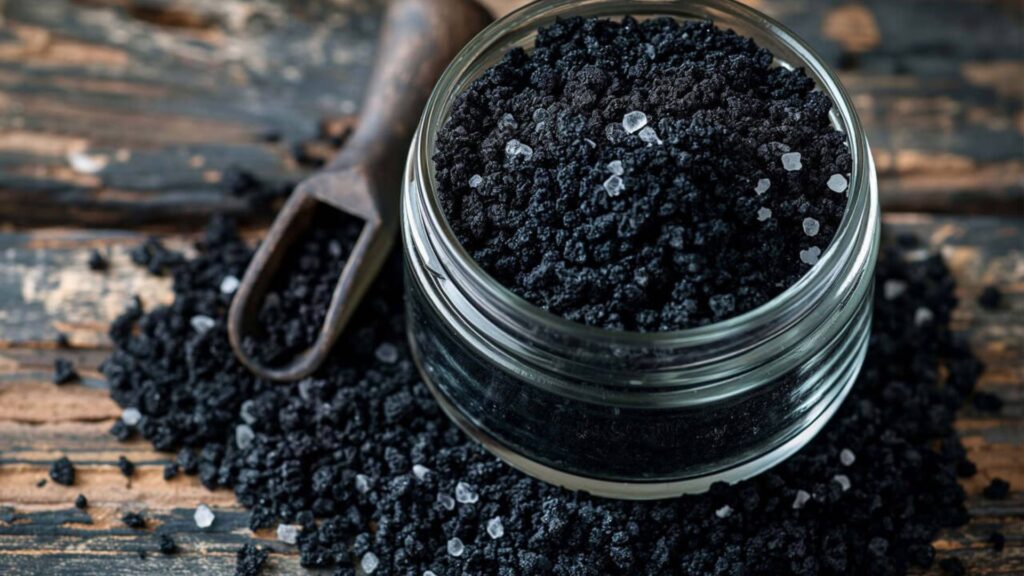
How to Make Black Salt (Kala Namak) – A Step-by-Step Guide from Raw Salt to Finished Product
How to Make Black Salt (Kala Namak) – A Step-by-Step Guide from Raw Salt to Finished Product Black salt, also known as Kala Namak, is
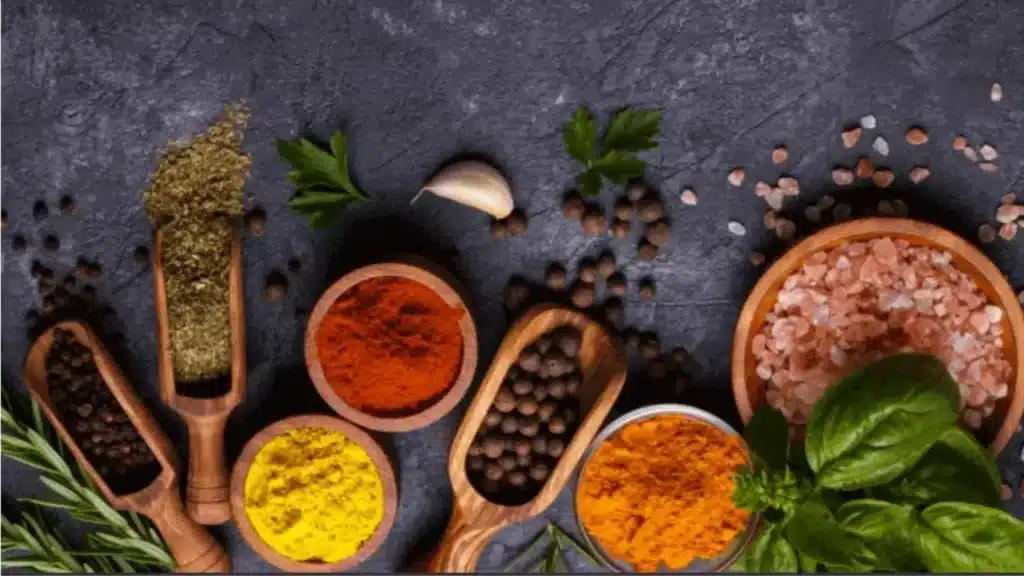
No one talks about but there’s a big Difference Between Salt And Spices. These two essential ingredients are often used interchangeably in recipes, but they have distinct characteristics and functions in the culinary world. Now let’s learn more about salt and spices, exploring their unique properties, uses, and the role they play in enhancing the flavors of our favorite dishes.
One of the most common questions that arises when discussing salt and spices is whether salt can be classified as a spice. The answer is a resounding no. While both salt and spices are used to flavor food, they have fundamental differences that set them apart.
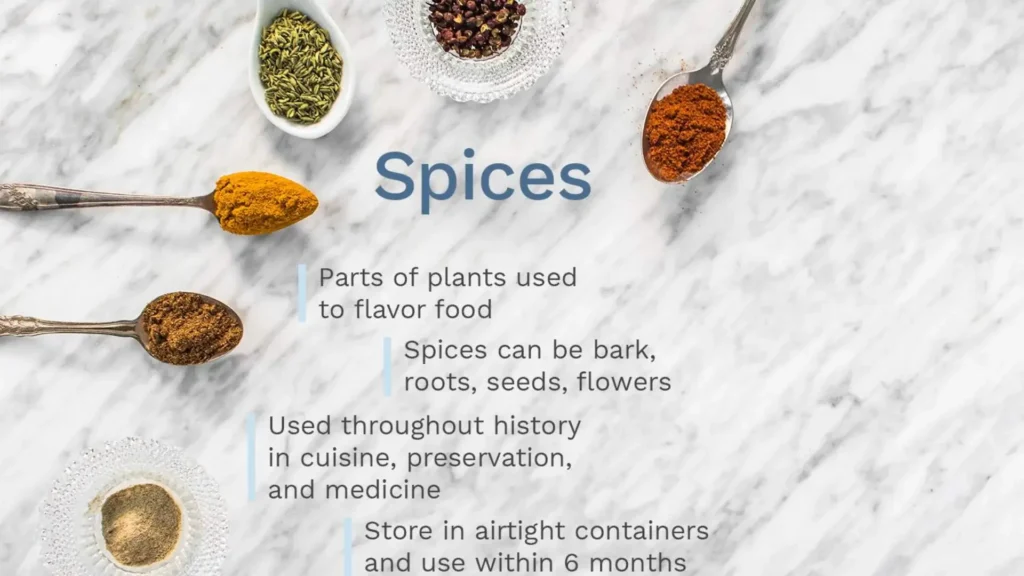
Spices are aromatic or pungent plant substances derived from roots, stems, leaves, bark, or seeds. They are typically dried and used in small quantities to add flavor, aroma, and color to dishes. Examples of common spices include black pepper, cinnamon, cumin, ginger, and turmeric.
Seasonings are ingredients used to enhance the flavor of food. While spices are considered seasonings, not all seasonings are spices. Salt, for instance, is a seasoning but not a spice.
Condiments are substances that are added to food to enhance its flavor. They are typically served as a table accompaniment or used as a topping or dipping sauce. Examples of condiments include ketchup, mustard, mayonnaise, and salad dressings.
Salt is a mineral composed primarily of sodium chloride. It is an essential ingredient in cooking and is used to enhance the natural flavors of food. Unlike spices, salt does not impart a distinct aroma or taste but rather balances and brings out the inherent flavors of the ingredients.
Himalayan salt soap can double as a massage bar, providing a spa-like experience in the comfort of your home. The texture of the salt crystals allows for a gentle massage, enhancing relaxation and promoting circulation while you cleanse.
Salt plays a crucial role in the culinary world, serving several important functions:
Salt can affect the texture of food by altering the structure of proteins. In baking, for example, salt helps gluten development, resulting in a better crumb structure in breads and pastries.
Salt has been used as a preservative for centuries. It inhibits the growth of microorganisms, making it an effective way to extend the shelf life of foods.
While salt does not have a distinct flavor of its own, it enhances the natural flavors of other ingredients. It can also suppress bitterness and accentuate sweetness.
Salt is an essential mineral for human health. It helps regulate fluid balance, nerve function, and muscle contraction.
Spices, on the other hand, offer a wide range of flavors, aromas, and health benefits. Each spice has its own unique qualities and uses:
Spices can be sweet, savory, pungent, or earthy. They can also have warming or cooling properties. The intensity and complexity of spice flavors depend on factors such as origin, processing methods, and storage conditions.
Some of the most commonly used spices include:
While both seasoning salt and table salt are forms of sodium chloride, they differ in their composition and uses:
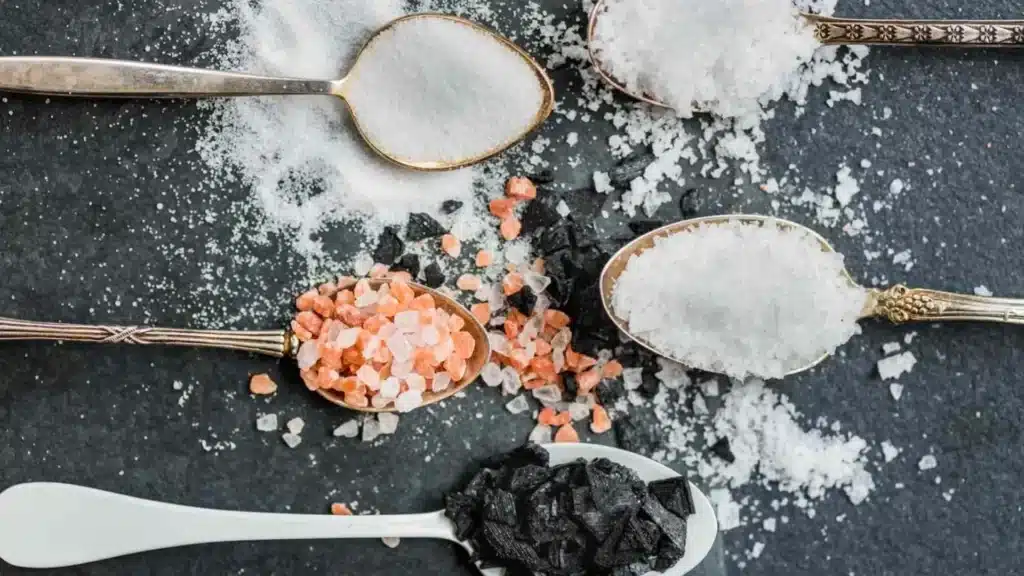
Seasoning salt is a blend of salt and other spices or herbs. It is used to add flavor complexity to dishes. Examples include garlic salt, onion salt, and Cajun seasoning.
Table salt is a refined form of salt that has been processed to remove impurities and often contains anti-caking agents. It is the most common type of salt used in cooking and is typically used to enhance the natural flavors of food.
In conclusion, while salt and spices are both essential ingredients in the culinary world, they have distinct differences in terms of their composition, flavor profiles, and functions. Understanding these differences can help you use them more effectively in your cooking, creating dishes that are not only delicious but also well-balanced and flavorful.
No, spices cannot be used as a direct substitute for salt. While they can add flavor, they do not provide the same flavor-enhancing properties or nutritional benefits as salt.
Yes, some people may have allergic reactions to certain spices. Common spice allergies include reactions to black pepper, cinnamon, and mustard.
Store spices in airtight containers in a cool, dark place. Avoid storing them near heat sources or in direct sunlight. Ground spices have a shorter shelf life than whole spices.
Yes, salt can be used as a preservative. It inhibits the growth of microorganisms and helps extend the shelf life of foods. However, it is important to use the appropriate amount of salt and follow proper food safety guidelines.

How to Make Black Salt (Kala Namak) – A Step-by-Step Guide from Raw Salt to Finished Product Black salt, also known as Kala Namak, is
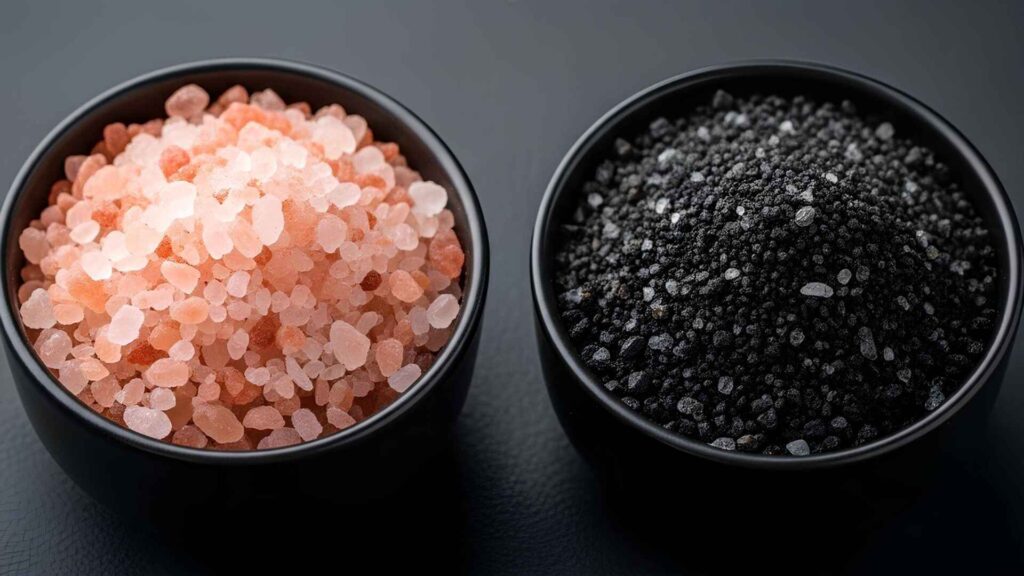
Black Salt vs Pink Salt: Key Differences, Benefits & Best Uses Explained Salt is a daily part of our lives. From kitchens to wellness routines,
WhatsApp us